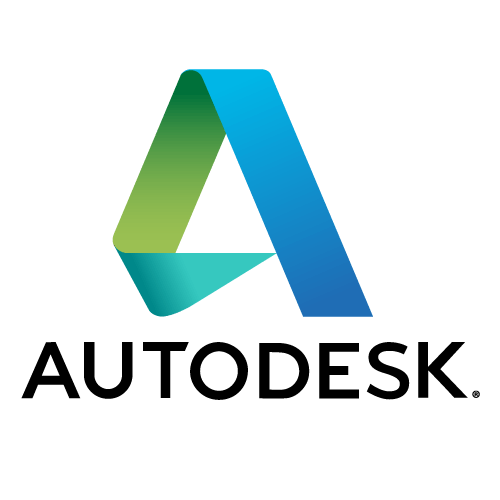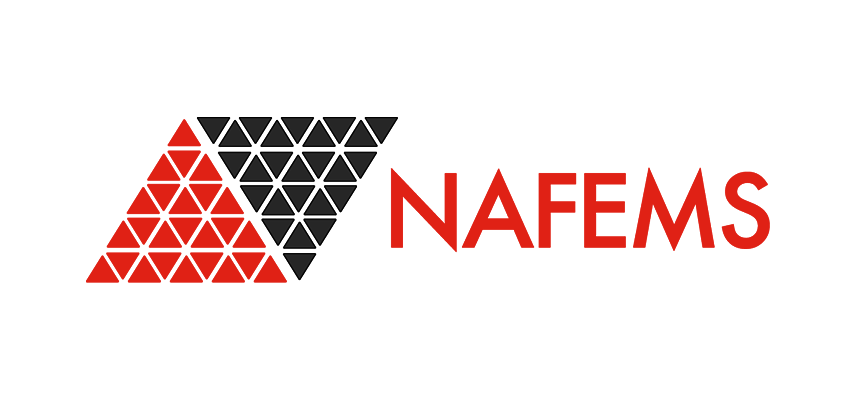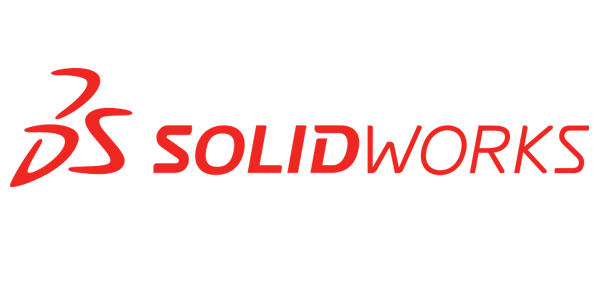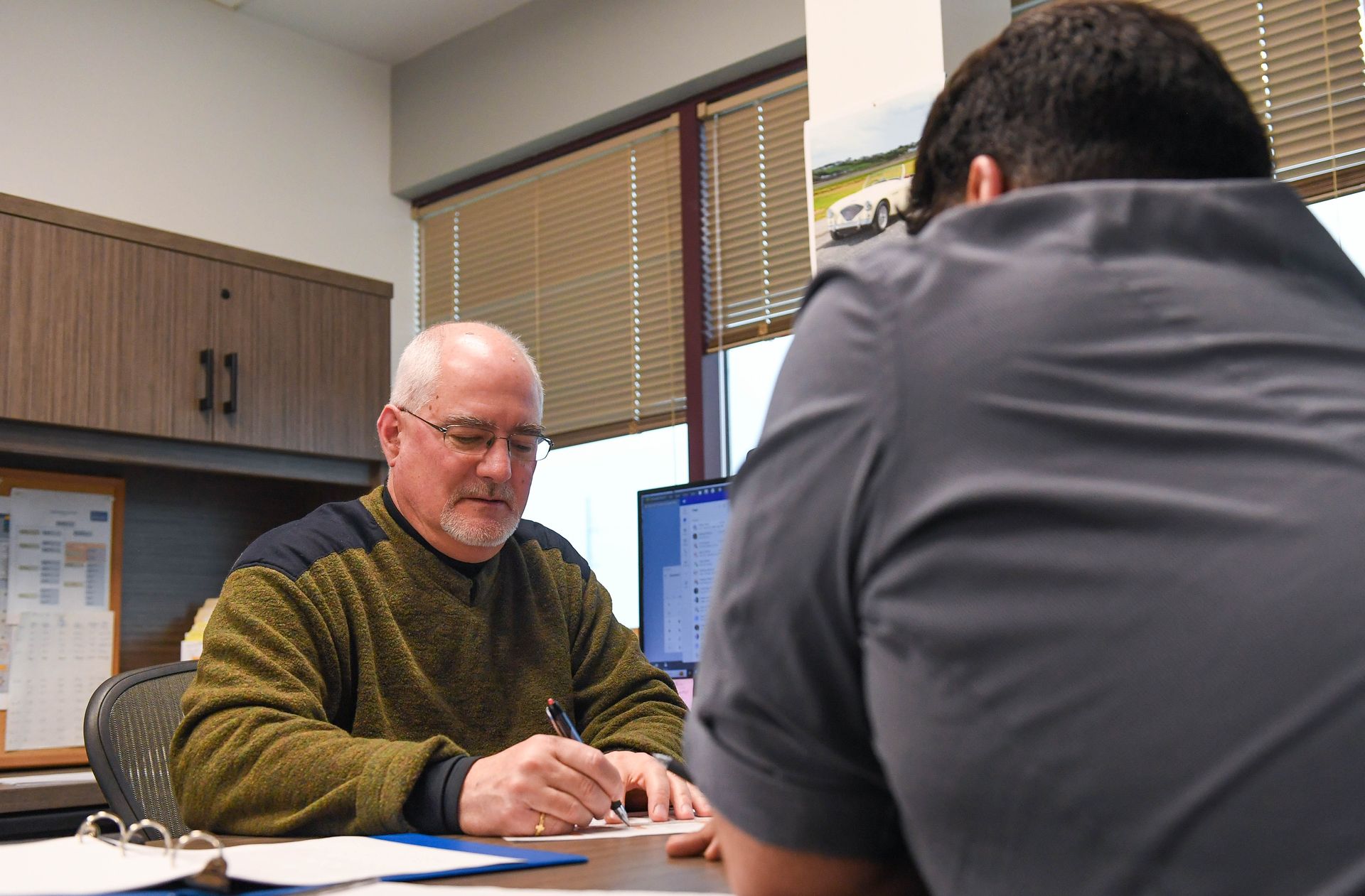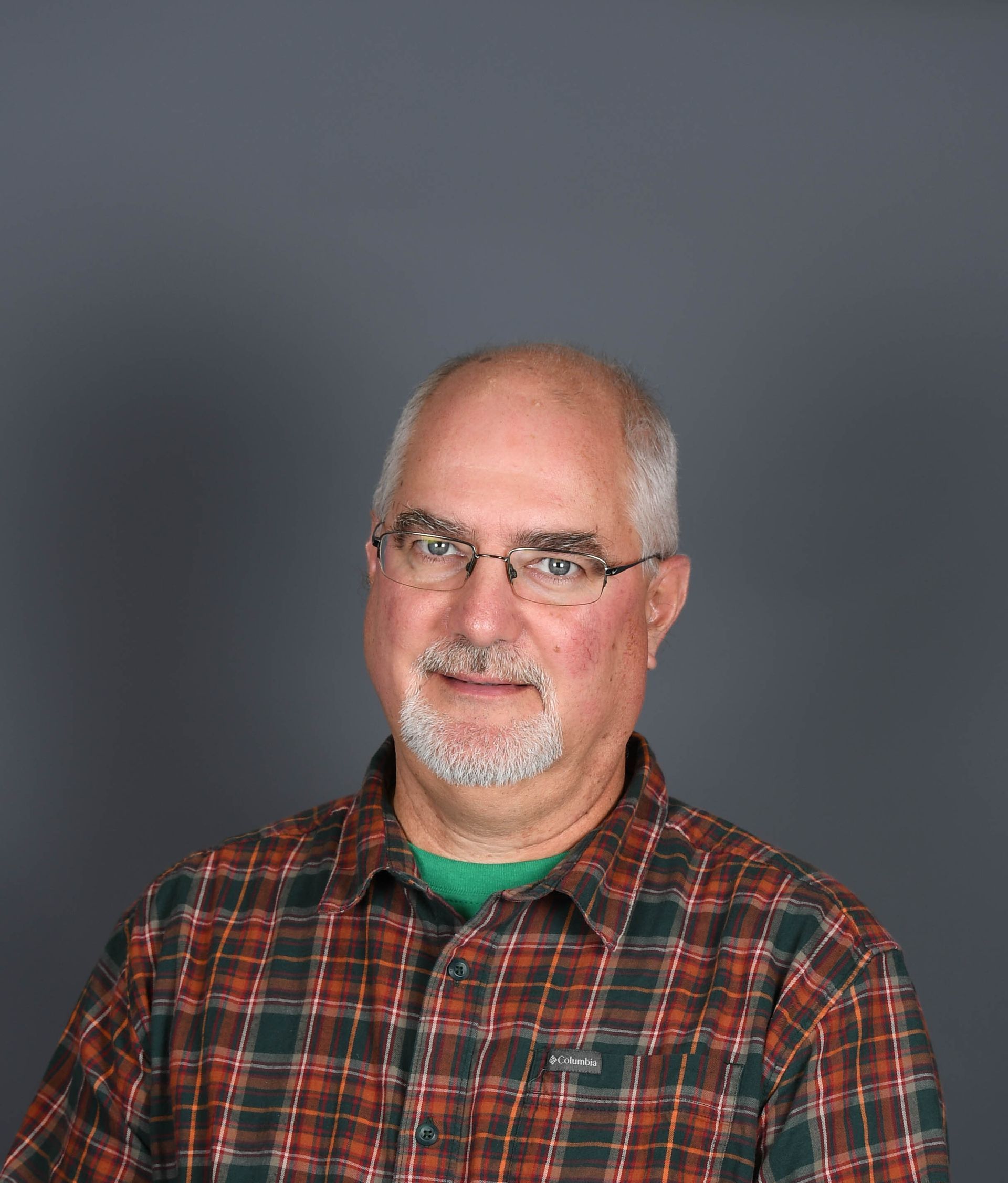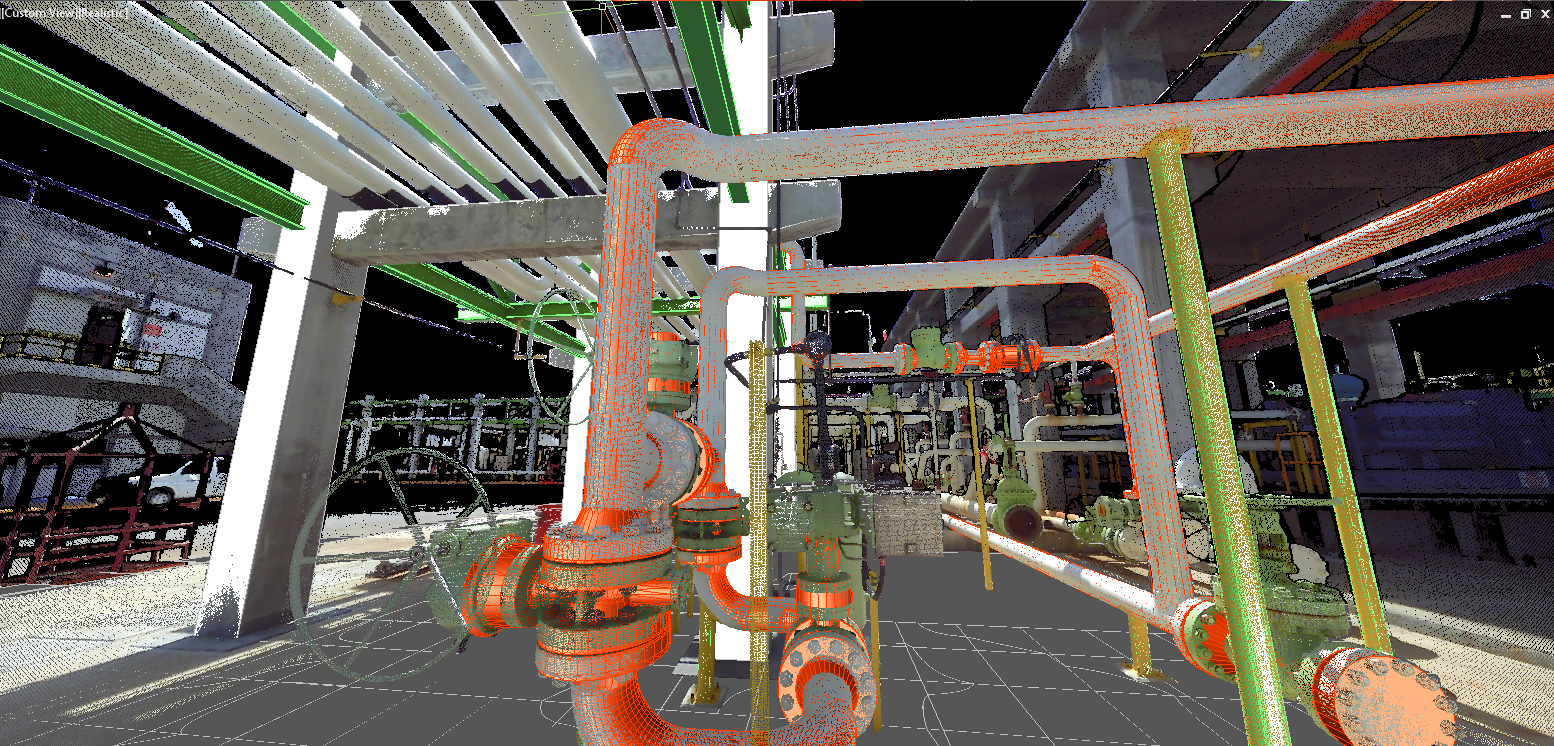A Different Kind of Training Wheels
One of the areas of expertise you’ll find at Finite Engineering is new product development. While an entrepreneur or company may only occasionally take a concept to market, Finite Engineering regularly works through this process with clients. Engineering design is a key focus of our work and we find enjoyment in the wide variety of projects we get to complete.
As a result, our engineers spend a lot of time training in this area. As we continually work on projects and training exercises, we broaden the scope of our experiences and how we can apply problem-solving skills when a challenge presents itself in a client’s design.
Recently, a member of our Finite team worked on a modeling exercise in which he tried to employ many different part and assembly techniques. Ryan Black, Designer, was looking for something random, yet intricate, that would provide a new engineering design challenge. Black is a mountain biking enthusiast, so he naturally gravitated to the idea of designing a 10-speed suspension mountain bike based on the Google image of a popular model. Since the design did not need to be precise, it was all based on visual proportions rather than actual measurements.
Over lunches and breaks, Black worked on the design in SolidWorks for about two weeks. Sweeps of varying profiles provided the basics to model the frame and handlebars, while surface modeling techniques allowed him to design the seat. The assembled bike utilizes mechanical mates, such as a belt mate that allows the cranks to be turned. This realistically drives the chain and the rear sprocket to turn the rear wheel. The approach to the design was frame, handlebar, seat, mechanical components, and then wheels and tires.
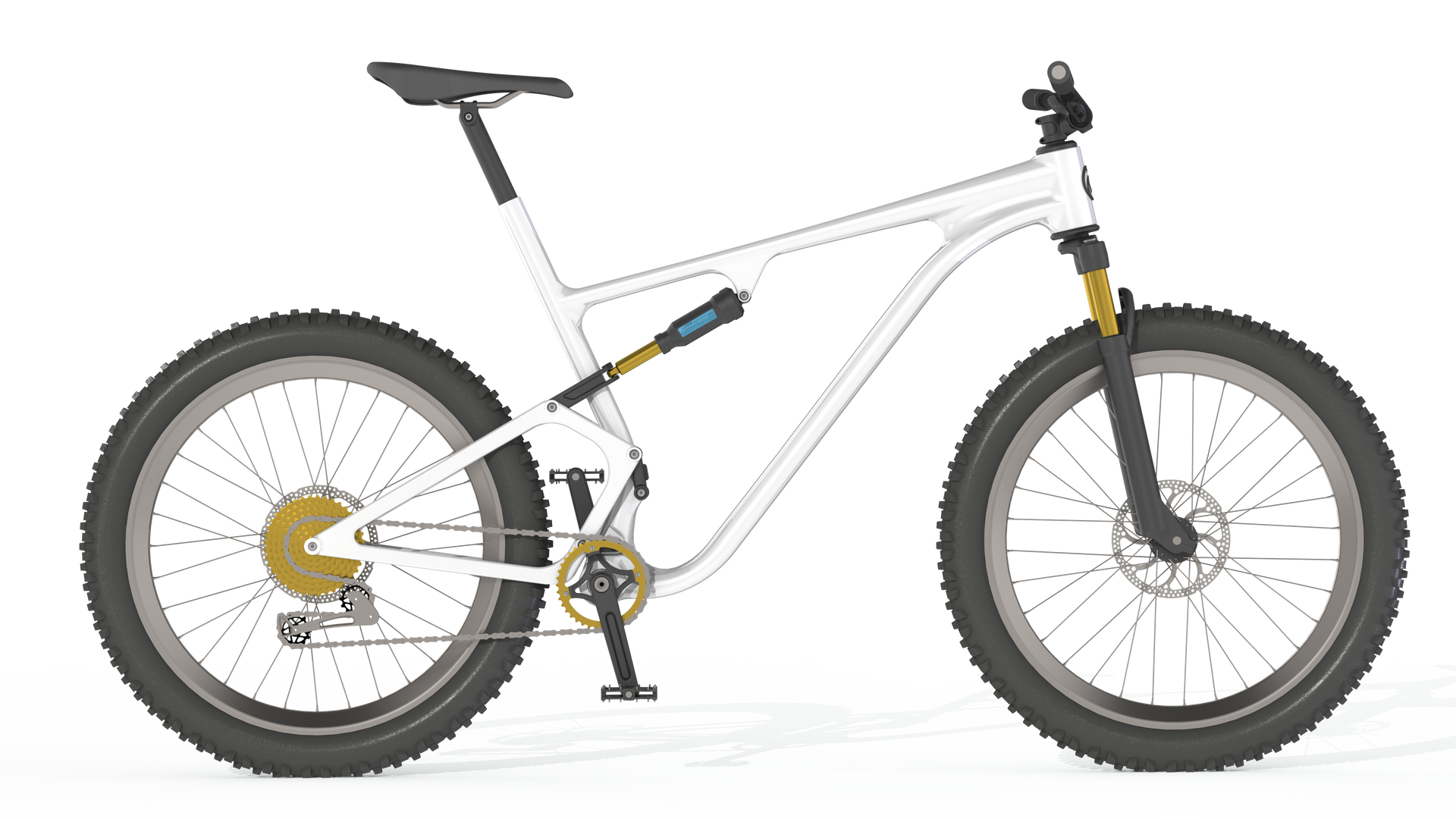
Designing a bike in your spare time isn’t just for fun. Here at Finite Engineering, we constantly challenge our team and offer opportunities for training and growth. This equips the engineer for more variety in their work, which ultimately benefits the client. The engineer is better able to deliver designs on complicated models with efficiency, saving the client time and money.
A valuable member of the Finite Engineering team, Black has quickly adapted to the mechanical side of engineering after beginning his career in architectural design. He is known as a go-to resource for efficient design work, consistently delivering results over and above the expectations. Black is proficient in SolidWorks, Inventory and CREO.
Team member Adam Sheridan said, “If you can dream it, we can create it. I am always fascinated to see the process from idea to concept, and then to complete digital model. Every part gets designed as part of a larger picture. One by one, they each come together, fit together, and work together to create something greater than the sum of their parts!”
When your company has an idea for a new product, contact the team at Finite Engineering to find out about the process of engineering design. They are proficient at taking what is an unfamiliar process to many companies: taking an idea from concept to market. Your first step in getting your product to market is a consultation with Finite Engineering.
Helpful Resources
Contact Us

Quick Links
Finite Engineering Associates 3D, LLC. All Rights Reserved.
